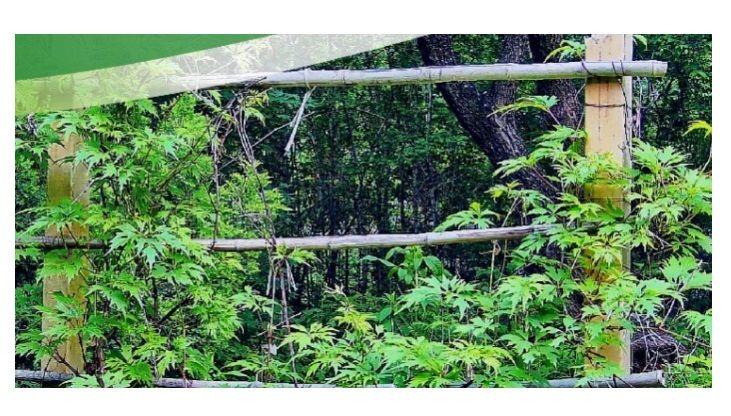Hikvision video technology is an example of this, helping to protect a rare grape variety.
Grapevines added to list of protected plants
In 1984, the first wild Baihuashan grapevine (Vitis baihuashanensis) was found in the west of Beijing, China. This remained the only individual grapevine of its species found in the wild until 2016. Up to now, only these two specimens have been found in the wild, making this kind of grape more endangered than the giant panda [1]. In 2020, Vitis baihuashanensis was added to the List of National Key Protected Wild Plants in China (Draft for Comments), under first-level protection. The list was announced in 2021 with Vitis baihuashanensis included [2].
To breed the population of this grape variety, Beijing Songshan National Nature Reserve collaborated with Beijing Forestry University on seeds breeding in 2019 in order to artificially cultivate “second-generation seedlings”. Thanks to their efforts, the seedling project has proven to be a success and now those grapevines are growing in good health.
Hikvision technology contributes to protection
Hikvision joined the protection project concerning the Baihuashan grape in 2021, and since then it has leveraged its video expertise to help monitor the growth of the “second-generation seedlings”. A Hikvision solar-powered camera automatically takes a snapshot at regular intervals, aside from video recording. It is important for caretakers to know the status of the seedlings in the different stages of their lives. These images and video footage help staff at the reserve better understand the growth of the grapes, assisting in the study of this species, and facilitating their protection and cultivation work.
Safeguarding the diversity of plants
In addition to the Baihuashan grape, Hikvision has also applied its technology to help monitor Lonicera oblata 24/7 in Songshan National Nature Reserve. Lonicera oblata is a kind of deciduous shrub and has been in danger mostly due to its weak population regeneration ability under natural conditions.
Hikvision is committed to a harmonious and sustainable ecological environment with advanced technologies and innovative solutions. Joining hands with professional organizations and experts globally, we will continue to make a concerted effort to safeguard the biodiversity of our planet.



















-205x205.jpg)
